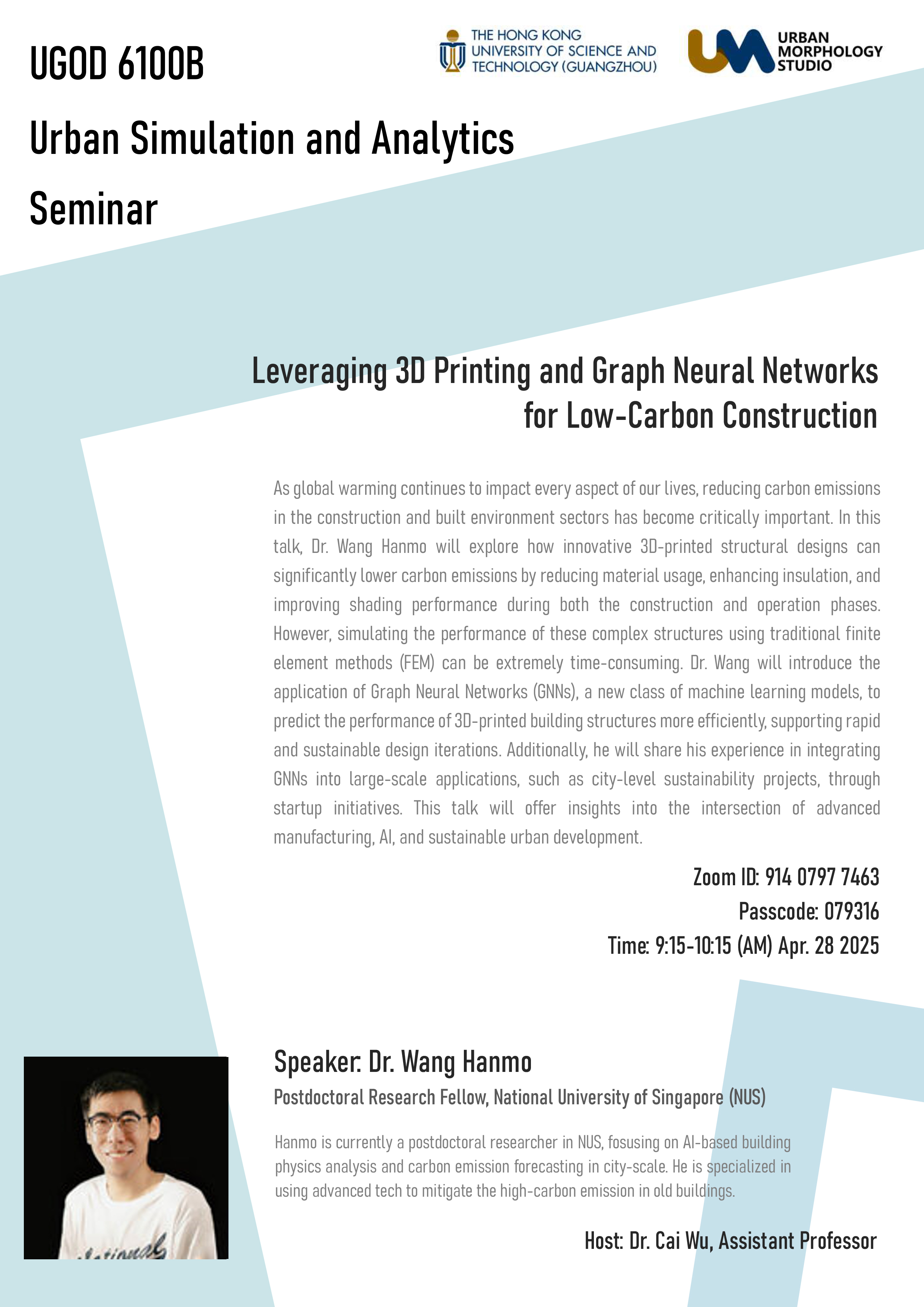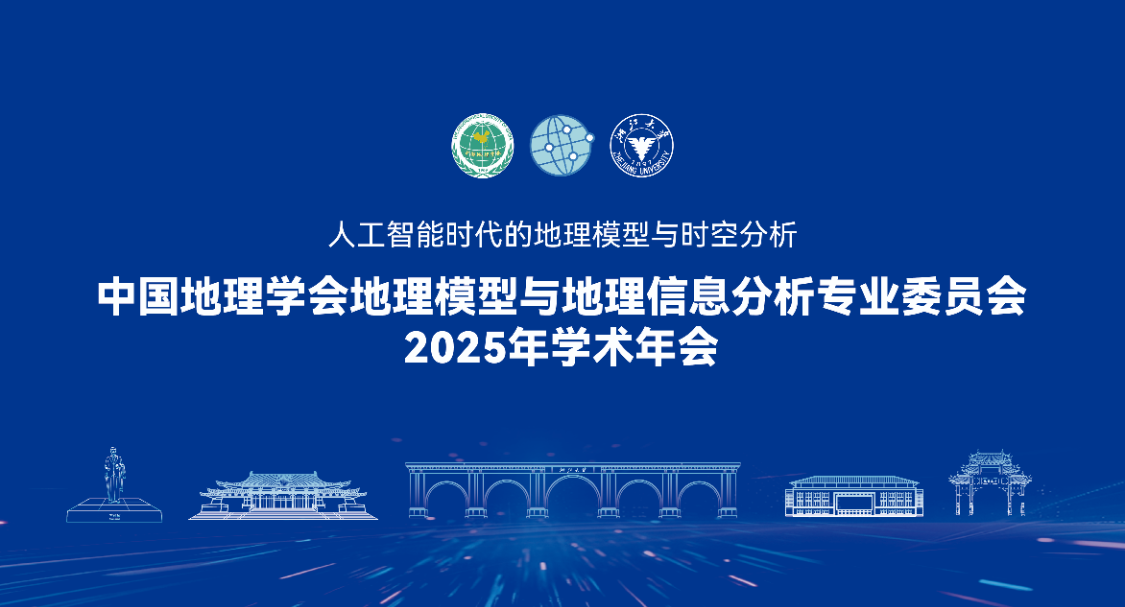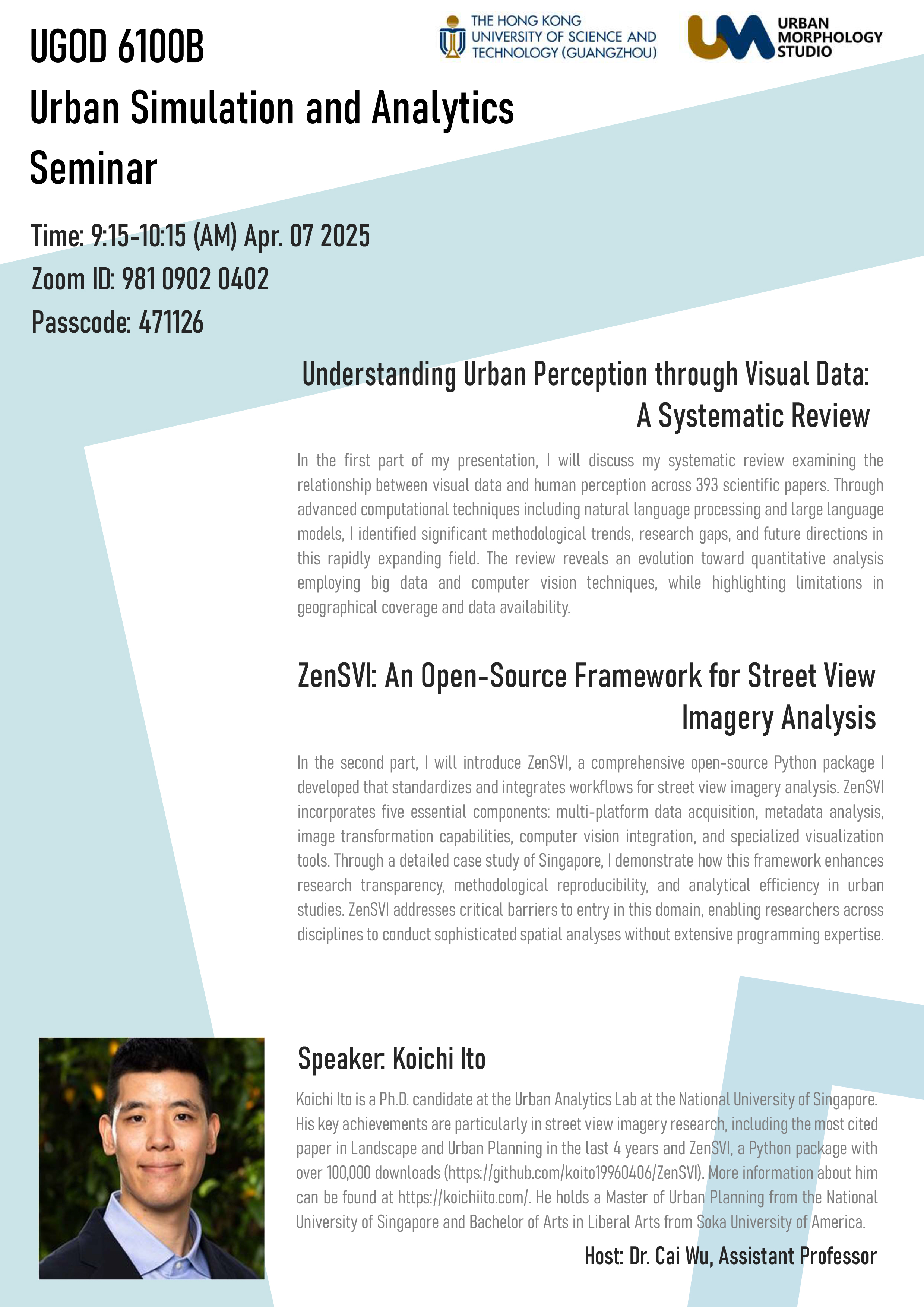News
Welcome to the Urban Morphology Studio news! Here we share the team’s latest updates, research progress, academic insights, and various information related to urban morphology. Follow our growth and exploration.

The recent CUPUM conference was an incredibly rewarding experience for the research team from HKUST (Guangzhou), marking their first collective participation at this prestigious international forum. Among the highlights was Minwei Zhao, a PhD student under the supervision of Dr. Cai Wu at the Urban Morphology Studio, who was awarded the Best Early Career Paper Award—a delightful and unexpected recognition of her outstanding research contributions.

As global warming continues to impact every aspect of our lives, reducing carbon emissions in the construction and built environment sectors has become critically important. In this talk, Dr. Wang Hanmo will explore how innovative 3D-printed structural designs can significantly lower carbon emissions by reducing material usage, enhancing insulation, and improving shading performance during both the construction and operation phases. However, simulating the performance of these complex structures using traditional finite element methods (FEM) can be extremely time-consuming.

In April 2025, members of our lab traveled to Hangzhou to attend an academic conference. During the conference, we engaged in in-depth discussions with experts and scholars from across the country, sharing our research findings and latest advancements. Participating in special presentations and group discussions not only broadened our academic horizons but also laid a solid foundation for future research collaborations. We gained valuable insights from this conference, leading to a clearer understanding of our future research directions.

In the first part of my presentation, I will discuss my systematic review examining the relationship between visual data and human perception across 393 scientific papers. Through advanced computational techniques including natural language processing and large language models, I identified significant methodological trends, research gaps, and future directions in this rapidly expanding field. The review reveals an evolution toward quantitative analysis employing big data and computer vision techniques, while highlighting limitations in geographical coverage and data availability.
